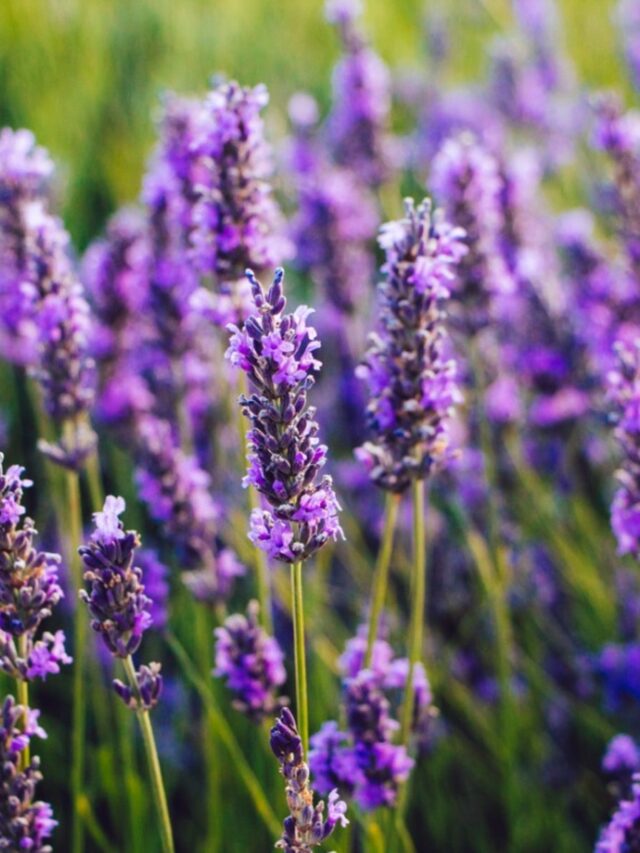Hummingbirds are a marvel of nature, known for their vibrant colors, incredible speed, and insatiable appetite for nectar.
For many bird enthusiasts, attracting these tiny avian acrobats to their yards is a source of joy and wonder.
One of the most effective ways to invite hummingbirds into your outdoor space is by putting out feeders filled with sugar water, providing them with a readily available source of energy.
However, timing is key when it comes to setting up your hummingbird feeders to ensure that you attract these delightful birds at the right time of year.
In this article, we’ll explore the best time to put out your hummingbird feeders, based on insights from experts in the field of ornithology and birdwatching.
Timing Based on Migration Patterns:

Hummingbirds are migratory birds that travel long distances each year between their breeding and wintering grounds.
In North America, hummingbirds typically begin their northward migration in the spring, arriving in their breeding territories in late March to early April.
Setting up your hummingbird feeders a few weeks before the expected arrival of hummingbirds in your area can help ensure that you attract these birds as soon as they arrive.
Experts recommend putting out feeders by mid to late March in most regions to coincide with the start of the hummingbird migration.
Monitoring Local Climate and Weather Conditions:

The timing of hummingbird migration can vary depending on local climate and weather conditions.
In regions with milder winters and earlier spring temperatures, hummingbirds may begin their migration earlier than in colder climates.
Similarly, unseasonably warm weather in late winter or early spring can prompt hummingbirds to arrive earlier than usual.
Birdwatchers should pay close attention to local weather forecasts and temperature trends to determine the optimal time to put out their hummingbird feeders.
In general, warmer temperatures and the presence of blooming flowers are good indicators that hummingbirds will be arriving soon.
Considering Altitude and Geographic Location:

Altitude and geographic location can also influence the timing of hummingbird migration and the arrival of these birds in your area.
In mountainous regions, hummingbirds may arrive later in the spring as they wait for snow to melt and temperatures to warm up at higher elevations.
Conversely, coastal areas and low-lying regions may see earlier arrivals of hummingbirds due to milder climates and favorable weather conditions.
Birdwatchers should take these factors into account when planning the timing of their hummingbird feeder setup to maximize their chances of attracting these birds.
Providing Consistent Food Sources:

Once hummingbirds have arrived in your area, it’s important to provide them with a consistent source of food to support their energy needs during the breeding season.
Setting up hummingbird feeders early in the spring ensures that these birds have access to nectar when natural food sources such as flowers may be scarce.
By maintaining a regular feeding schedule and keeping your feeders clean and well-stocked with fresh sugar water, you can encourage hummingbirds to return to your yard throughout the breeding season and beyond.
Extending Feeding Season into Fall:

In addition to putting out feeders in the spring, birdwatchers can also attract hummingbirds later in the year by extending their feeding season into the fall.
As hummingbirds prepare for their southward migration in the late summer and early fall, providing them with a reliable source of nectar can help fuel their long journey ahead.
Experts recommend keeping feeders up until at least a few weeks after the last sighting of hummingbirds in your area to ensure that any stragglers have access to food before they depart for the winter.
Conclusion:
Timing is crucial when it comes to putting out hummingbird feeders to attract these fascinating birds to your yard.
By monitoring migration patterns, local climate conditions, and altitude, birdwatchers can determine the optimal time to set up their feeders and maximize their chances of attracting hummingbirds.
Providing a consistent source of food throughout the breeding season and into the fall ensures that these birds have access to the energy they need to thrive.
With a little planning and attention to detail, you can create a welcoming habitat for hummingbirds in your outdoor space and enjoy the beauty and wonder of these tiny avian visitors year-round.






